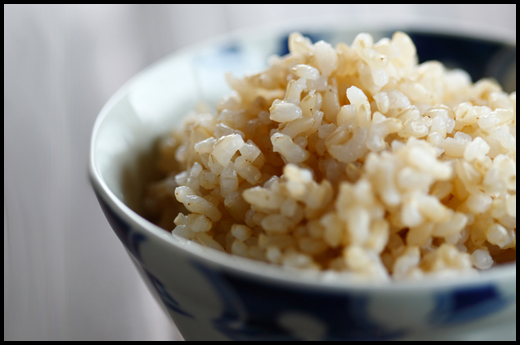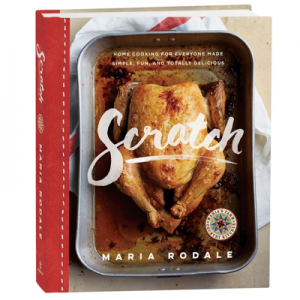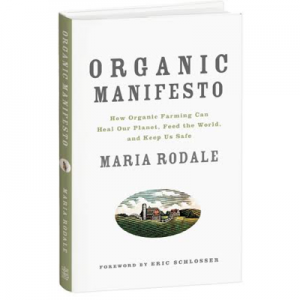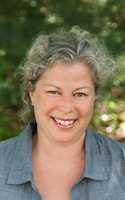I’ve always wanted to go to South by Southwest (or “SXSW.” as it’s known by insiders). And you all know me, I don’t really care about being seen or networking, I would just want to roam and rock out at the music part! So when I heard there was a new SXSW Eco, I was intrigued. And when they asked me to be on a panel, I said yes—especially because the panel topic is near and dear to my heart: the intersection between the environment and health.
Environment

Texas (South by Southwest Eco),
Here I Come!

Toxic Back-to-School Gear
by guest blogger Mike Schade. While millions of children across America returned to school this month, many parents were unaware that children’s back-to-school products currently on store shelves contain high levels of toxic chemicals called phthalates, used to soften vinyl plastic. These chemicals are so toxic they’ve been banned for use in toys in the United States because of adverse health effects like birth defects, asthma, attention deficit hyperactivity disorder (ADHD), and diabetes, among others.

10 Ways to Get Arsenic Out of Your (and Your Kids’) Diet
by Sonya Lunder and Dawn Undurraga. Although scientists and government regulators have long known about the ever-present threat of arsenic in our diet and water, it was unsettling when two major reports came out on the same day last week, reminding us of the risk and the need to do what we can to minimize it.

The Drought Diet
by guest blogger Wendy Gordon. Scorching temperatures and persistent drought have devastated farms across the United States, sending corn and soybean prices soaring. We live on corn, and as a consequence, our food budgets are extremely vulnerable to weather-driven crashes in the corn market. Let’s talk about how you can tailor your diet to these new drought conditions. Here are six simple steps that can pay off big for your health and for our planet while taking it easy on your wallet.

Why Organic?
by guest blogger Coach Mark Smallwood. The latest media buzz over the Stanford study is a bit of a non-event here at the Rodale Institute. The study asks the question, “Are Organic Foods Safer or Healthier than Conventional Alternatives?” It is a good question, one that many citizens. But, the fact is the researchers didn’t really answer it.

Why We Need to Save the Farm Bill
by guest blogger Helen Dombalis. Despite what may be implied by its name, the Farm Bill affects much more than farm country U.S.A. The massive piece of legislation, renewed roughly every five years, has a lot to do with our entire food system. The current Farm Bill, passed back in 2008, is set to expire on September 30. That leaves Congress with just 16 business days to act!

Help Honey Bees Survive This Winter
By guest blogger Heather Mattila. Honeybees are far and away the most important pollinator in today’s agricultural landscape. They pollinate more than 400 crops worldwide, help to create about a third of the food we eat, and contribute an estimated $12 billion to our nation’s food supply. But where do they go in winter? The answer might surprise you!

Why GE Labeling Is
Monsanto’s Worst Nightmare
by Marcia Ishii-Eiteman. The dirty little secret behind GE crops is that they are marketing engines for the pesticide industry. Whatever the ads and manipulated media spots say, this is why Monsanto et al. are pulling out all the stops to stop Prop 37, the California Right to Know Genetically Engineered Food Act, which would permit companies to label foods made with genetically engineered (GE) crops.
Scratch
Raised on America’s first organic farm, Scratch author Maria Rodale learned how to make everyday favorites from, yes, scratch — the way you remember them; the way they turn out best.
Order NowMost Popular
Organic Manifesto
Drawing on findings from leading health researchers as well as conversations with both chemical and organic farmers from coast to coast, Maria Rodale irrefutably outlines the unacceptably high cost of chemical farming on our health and our environment.
Order Now


